Amsterdam, the capital city of the Netherlands, has a rich and fascinating history that spans several centuries. Here’s a brief overview of its historical development:
- Early History:
- Amsterdam’s origins can be traced back to the 12th century when it was a small fishing village on the banks of the Amstel River.
- By the 14th century, the city began to grow in importance as a trading port, thanks to its strategic location near the Zuiderzee (now the IJsselmeer).
- The Dutch Golden Age (17th Century):
- Amsterdam played a pivotal role in the Dutch Golden Age, which was a period of great economic and cultural prosperity for the Dutch Republic.
- The city was a major hub for international trade, and the Dutch East India Company (VOC) and the Dutch West India Company (WIC) were headquartered there.
- During this time, Amsterdam saw the construction of many iconic canals, which are now part of the UNESCO World Heritage-listed Amsterdam Canal Ring.
- The 18th and 19th Centuries:
- The 18th century saw a decline in Amsterdam’s economic dominance, as other European cities gained prominence.
- The early 19th century brought French rule to Amsterdam under Napoleon, but this ended in 1813 when the Netherlands regained independence.
- 20th Century and World War II:
- Amsterdam was heavily impacted by World War II. The city was occupied by Nazi Germany, and many Jews were deported and killed during the Holocaust.
- After the war, Amsterdam went through a process of rebuilding and modernization.
- Post-War Development:
- Amsterdam experienced significant urban development and population growth in the post-war period.
- The city became known for its progressive policies, including the decriminalization of cannabis and the promotion of LGBTQ+ rights.
- Contemporary Amsterdam:
- Today, Amsterdam is celebrated for its vibrant cultural scene, historic architecture, and a diverse population.
- The city is a major international tourist destination, attracting millions of visitors each year to its museums (such as the Rijksmuseum and Van Gogh Museum), historic neighborhoods, and scenic canals.
- Amsterdam is also renowned for its bicycle-friendly infrastructure, with a large portion of the population using bikes as their primary mode of transportation.
Amsterdam’s history is marked by its rise as a global trading and cultural center, and it has retained its reputation as a dynamic and tolerant city that values diversity and innovation. The historical elements of the city can be seen in its well-preserved architecture, canals, and museums, making it a popular destination for history enthusiasts and travelers alike.

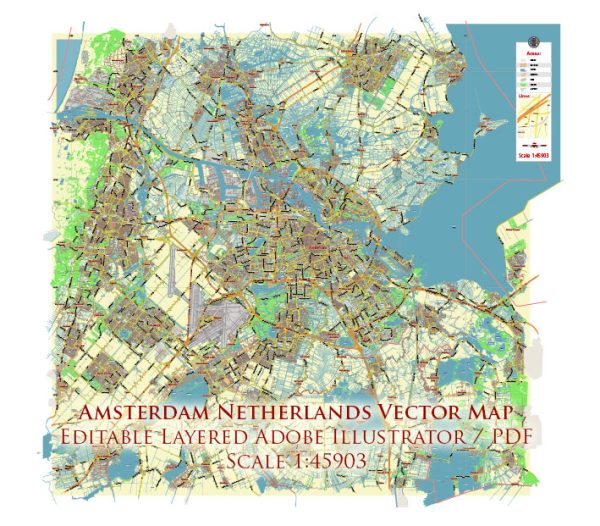
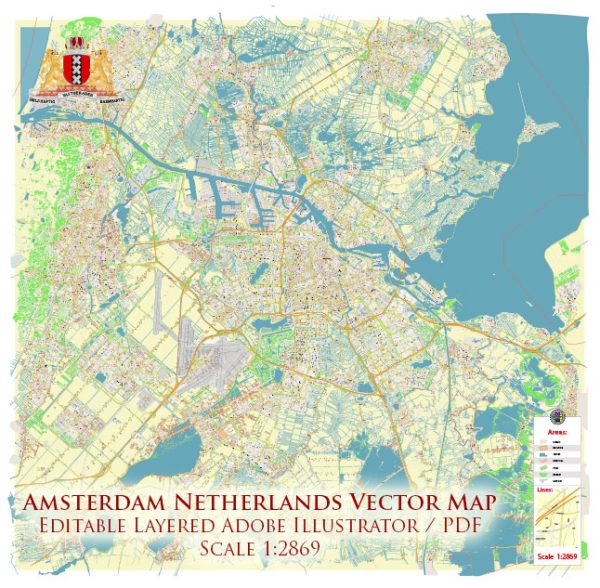
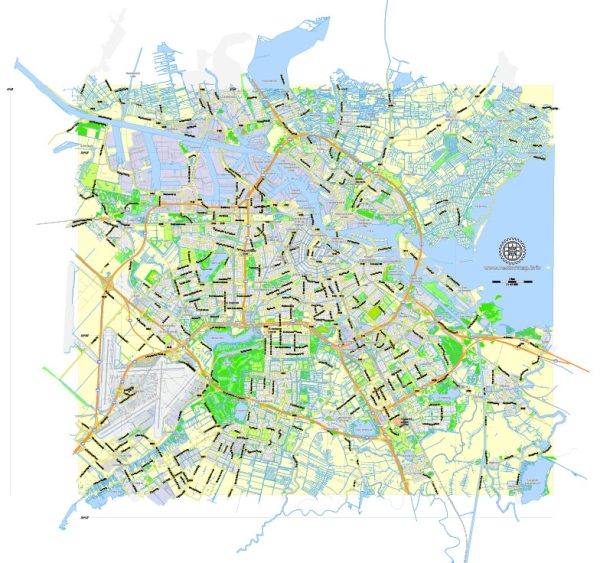
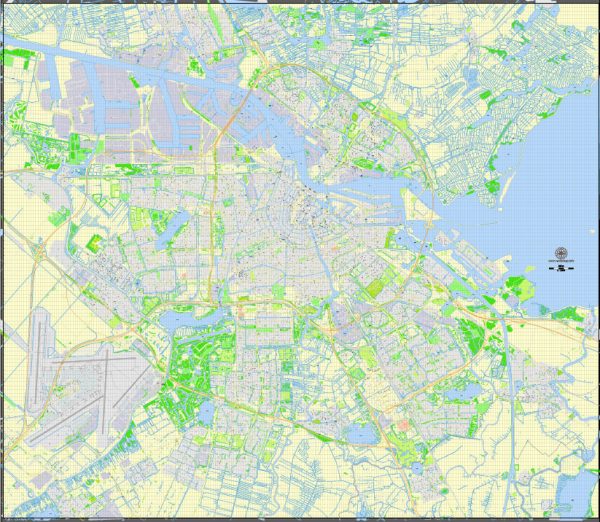
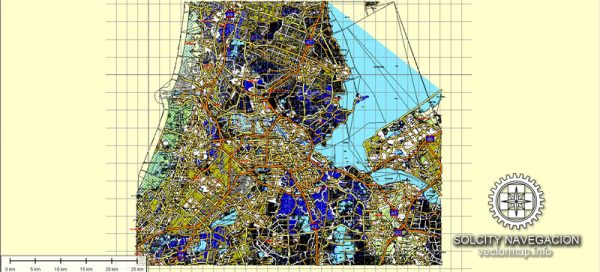
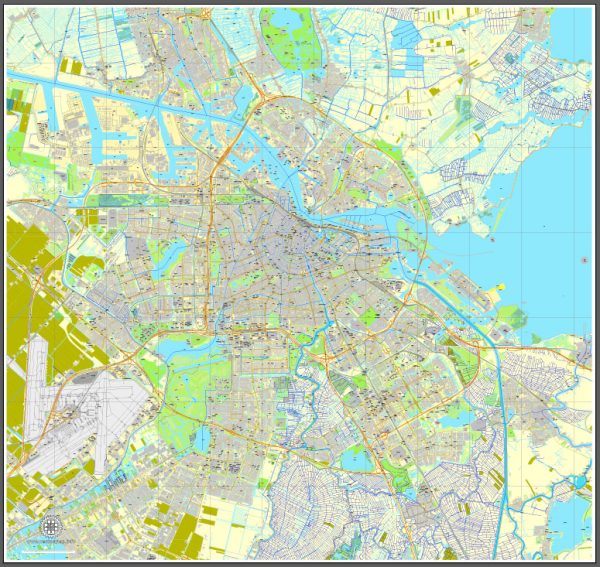
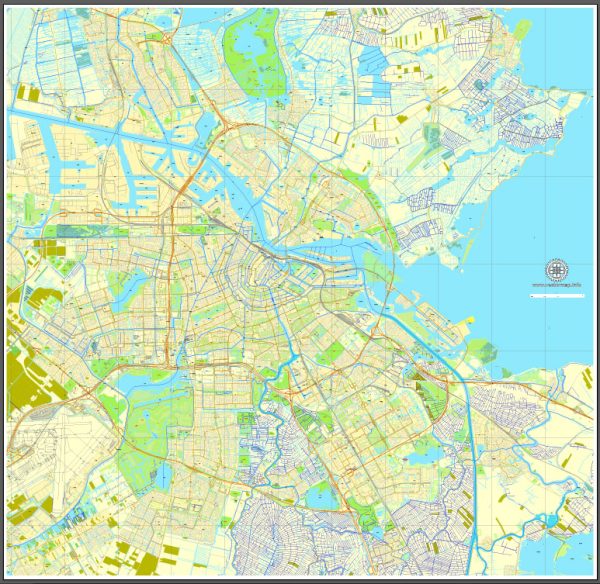
 Author: Kirill Shrayber, Ph.D.
Author: Kirill Shrayber, Ph.D.